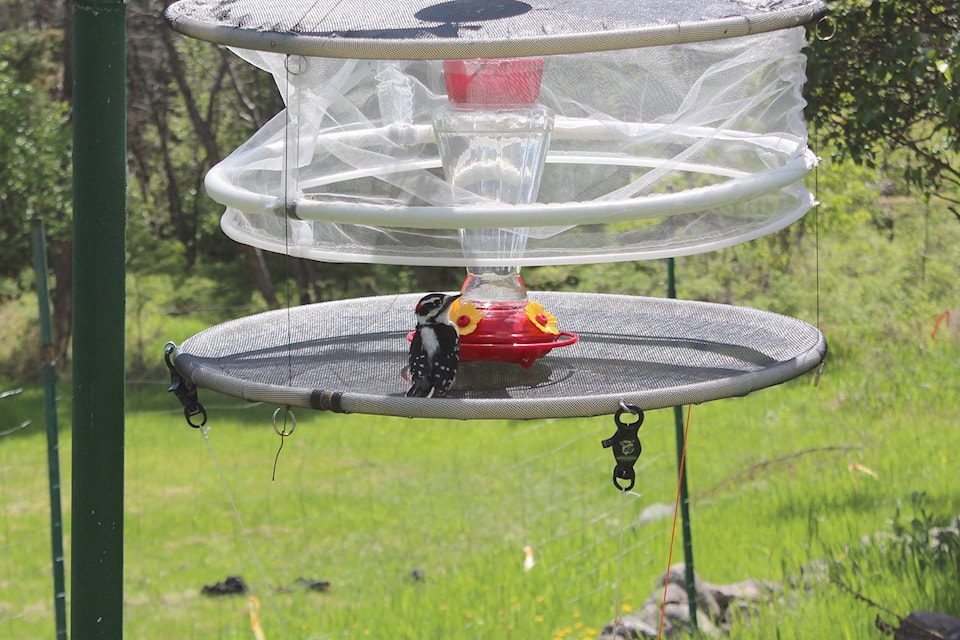A bird in the hand is worth two in the bush.
How we study birds has changed drastically in the last 100 years. As recently as 1918 scholarly journals were still debating whether a bird had to be shot in order to be properly identified. James Audubon, that most famous of naturalists and painter extraordinaire, killed thousands of birds in his lifetime, so that he might study them up close. That’s just how science was done in that era. Thank goodness some things have changed!
We still like to have a bird in the hand in order to study it but now rather than shooting it, we capture them by netting or trapping and then release them unharmed after our detailed studies. Netting of most birds is done by hanging very fine mesh nets between poles so the nets are two to eight feet above the ground. The nets are hung very loosely so the birds are not harmed when they hit the net. Capturing birds the size of robins seems pretty straightforward but even small hawks and owls can be, and are, netted in the same way, although extracting them from the net requires a little more care.
Capturing the smallest of birds, hummingbirds, for study is a little bit different though. Hummers like to come to sugar water feeders and that makes their capture a little simpler. A special trap is hung over the feeder and when a bird goes to feed, the observer trips the trap which then drops down over the feeder without touching the bird. The bird is then extracted by hand for measuring and study. I’m not sure how Audubon would have studied hummingbirds because it would seem that shooting such a little creature would leave precious little to study. Please note that it is illegal to capture hummingbirds (or any native bird for that matter) unless you have a special permit from the government.
While the study of hummingbirds by capture has been going on in North America for several decades, the local banding program in the Okanagan-Similkameen only got underway in 2012. From its inception through 2017 this program has captured and banded 5,021 birds plus an additional 817 recaptures (birds that had already been captured and banded and then recaptured).
One thing that strikes me about these numbers is the low rate of recapture — hummers frequent the same area all summer so I would have guessed that the recapture rate might be more like 50 or even 60 per cent or more rather than 14 or 15 per cent. I’m told that this is at least partly due to the large number of hummingbirds that live and breed in the Okanagan. Two of the recaps had previously been banded in the U.S. — one in Arizona and one in Idaho. Not really too surprising given that hummingbirds migrate south in the fall. In return one hummer banded here was recaptured in southern Utah and one at Grouse Mountain. The Grouse Mountain bird was an Anna’s Hummingbird which tends to confirm that idea that at least some of that species go to the coast for the winter rather than head south.
Another of the recaptured birds was a female that was originally banded here in 2012 and recaptured this year making her at least seven years old. It is known from other studies that female hummingbirds can live up to 10 years old whereas the life expectancy of males is only three to five years.
Banding takes place locally every second Wednesday. If you would like to watch hummingbird banding in action and see these little birds up close, drop me an email and I’ll get you in touch with the appropriate people: soncbob@shaw.ca.
Don’t forget our club’s nature photo contest currently underway. Get all the details at www.southokanagannature.com/2018-photo-contest/.
Bob Handfield is president of The South Okanagan Naturalists’ Club but the views expressed here are his own and do not necessarily reflect the views of the club.
